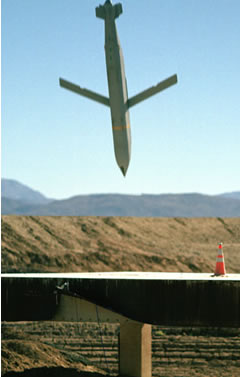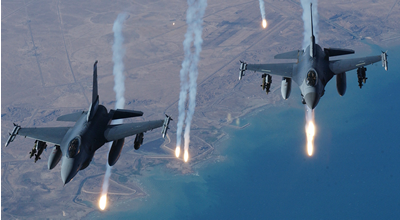Start < Page 1 of 9 >
Over the past decade, modern air forces are transforming their operational concepts from platform and weapons dependent to effects oriented planning. In other words, shifting from focusing on the number of airplanes it takes to destroy a single target, to the number of targets which can be destroyed with a single aircraft and the aggregated effect such attacks could yield.
Investment in precision guided munitions following the lessons from the Kosovo campaign was fully vindicated during Operation Iraqi Freedom (OIF). Around 66% of US munitions and up to 85% of RAF munitions used during OIF were precision guided, either by Global Positioning Systems (GPS) or by laser or both. This demonstrates a huge leap forward in capability since the 1991 conflict, when the proportion of precision guided munitions was around 30% of US and 18% of RAF weapons were guided.
The US Forces flew 37,000 missions during OIF, dropping 23,000 precision guided weapons (over 66% of the total ordnance dropped) and launching 750 cruise missiles. During OIF, new tactics were developed to find, fix, track, engage, and assess fleeting targets, enabling the coalition to effectively process 156 time sensitive targets, and more than 680 highly mobile dynamic targets. Coalition forces command and control structures at the Combined Air Operations Center were also modified to far better integrate space operations into operational planning and mission control.
Additional parts of this article:
- Precision Strike Weapons
- Precision Strike Concepts
- Transformation of Air Strike Operations
- Net Centric Precision Strike Weapons
- Battle damage Assessment Capabilities
- Precision Strike Systems
- Precision Guidance Concepts
- Modern Bombers Applications for Conventional Warfare
- Precision Attack in Urban Warfare

















